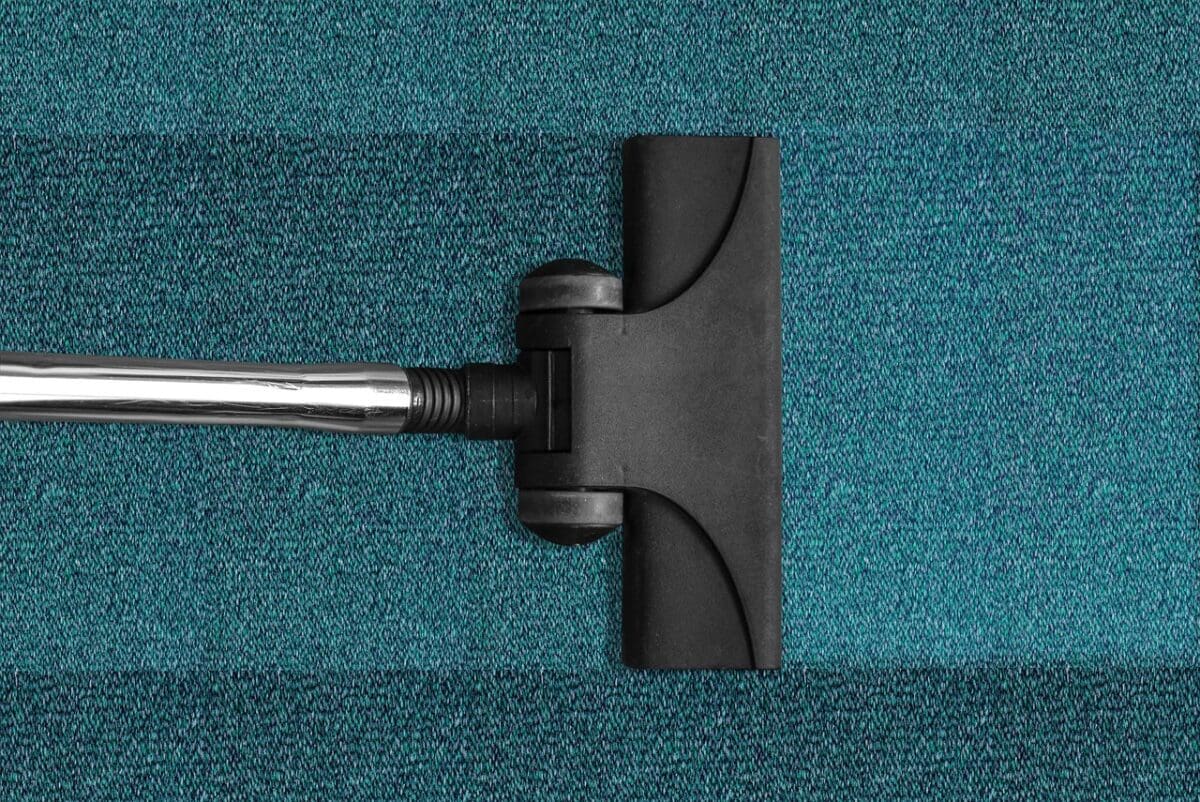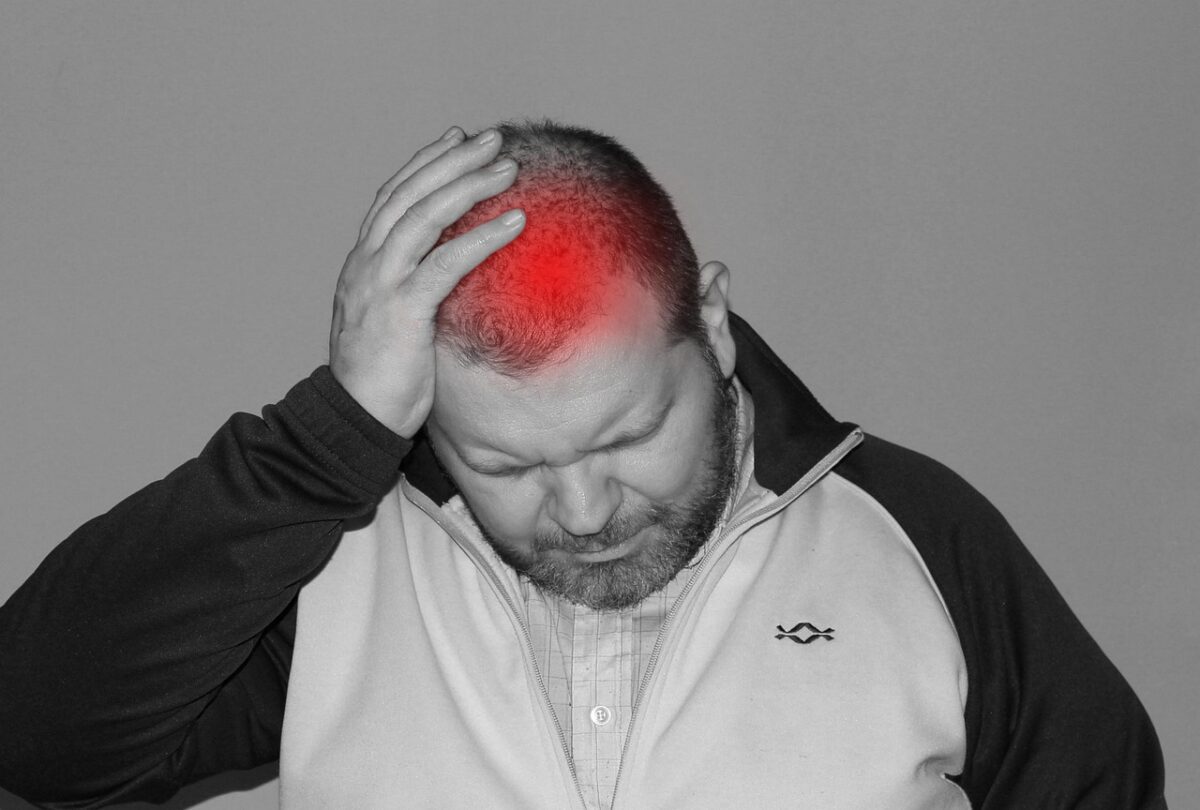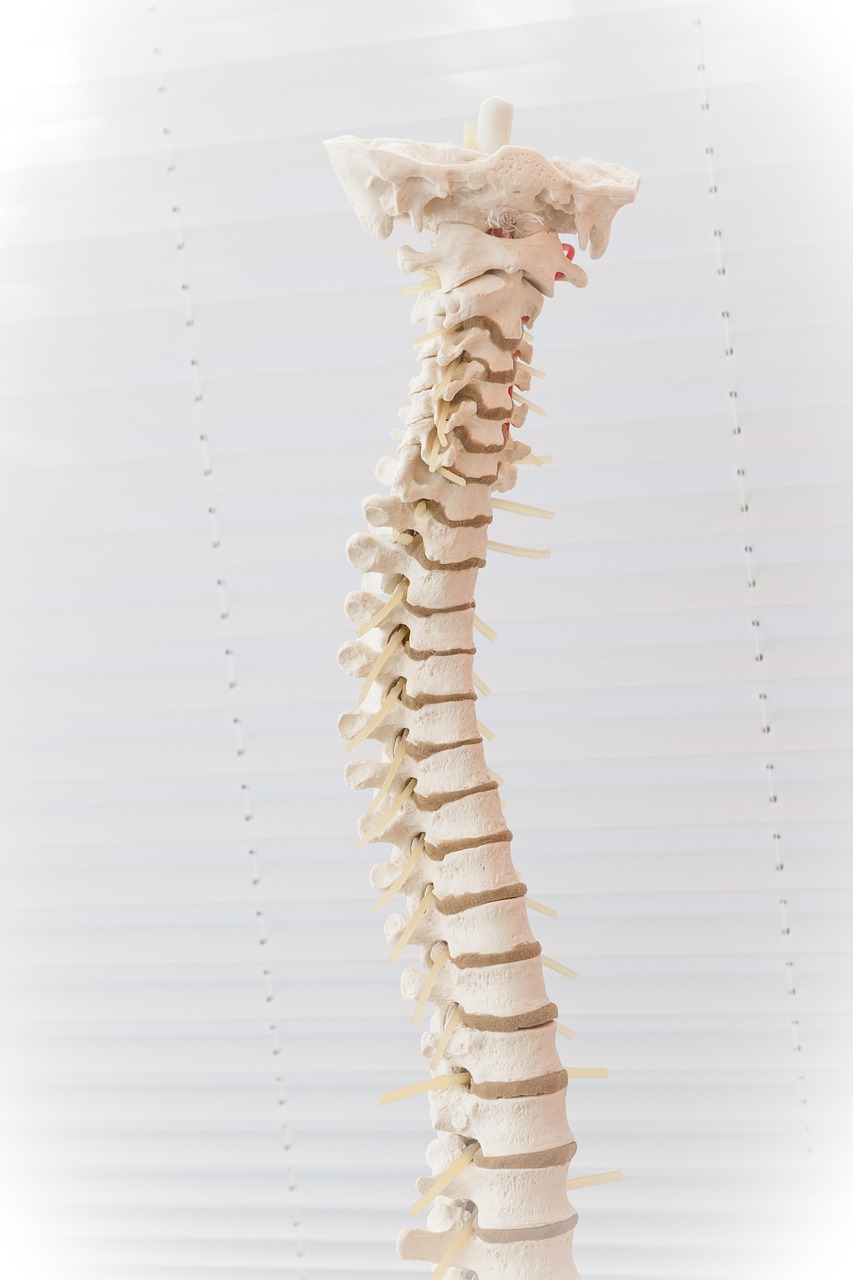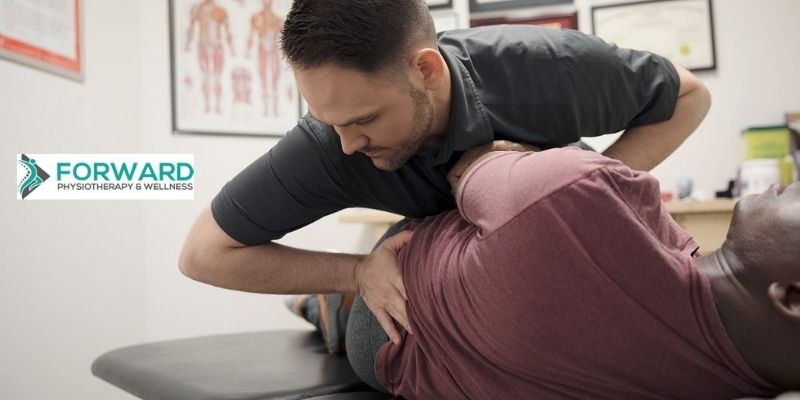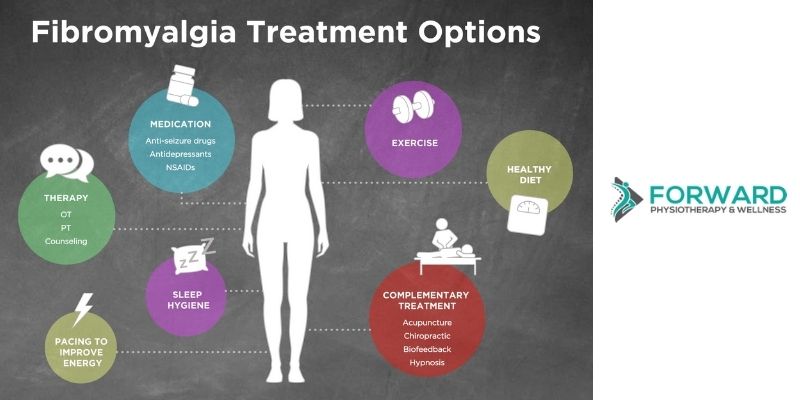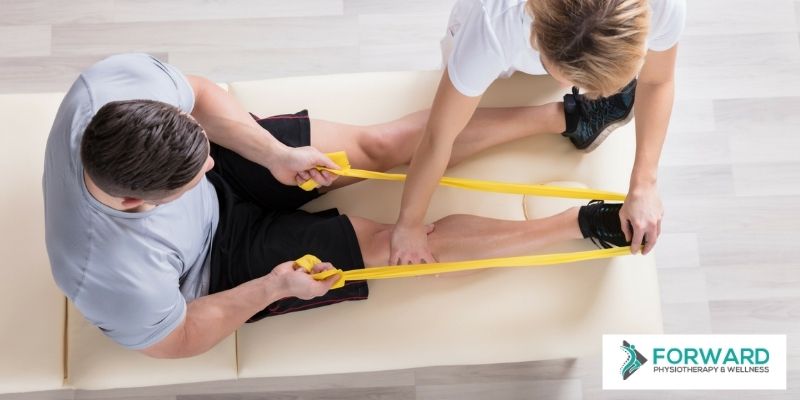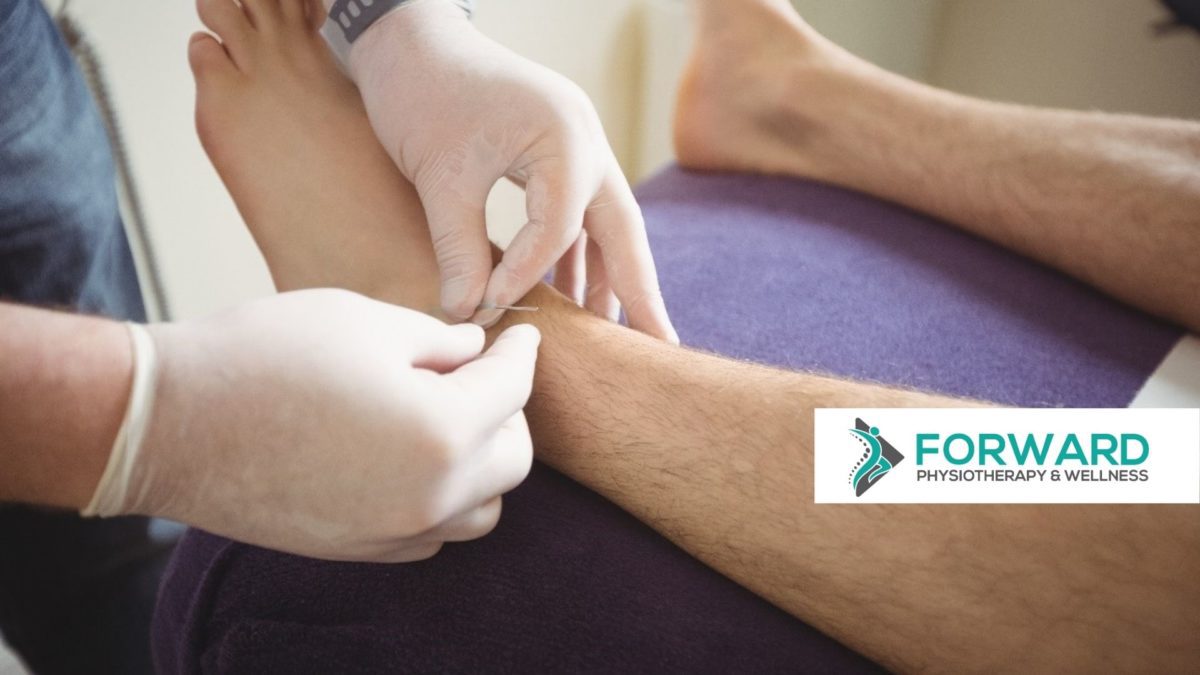
10 Reasons Why Physical Therapy Is Beneficial
Posted By: Forward Wellness
10 Benefits of Physical Therapy Treatment
We have all experienced some form of injury. Some people may think the pain will eventually go away on it’s own, but that is not always the case. Physical therapy treatment may be recommended when pain lasts longer than expected. A Physical therapy treatment plan is a great option for all people, regardless of their age. If you have ever wondered about the importance of physical therapy, below are 10 ways in which it is beneficial:
1. Avoid unnecessary surgery
In most cases, with physical therapy, surgery may be avoided. However, there are still certain circumstances in which surgery is inevitable. Physical therapy can help restore normal mobility, improve physical health, and reduce or eliminate pain. In a situation where surgery is required, physical therapy is beneficial in the recovery process as well. Physicians may also prescribe pre-surgery physical therapy. This will allow your recovery to be faster and less complicated as your body is stronger when you go into surgery.
2. Reduce or eliminate pain
Manual therapy, needling, and low impact exercises are some of the techniques that can help reduce or eliminate pain. These technique involve the mobilization of joints and soft tissues. Other modalities such as electrical stimulation, ultrasound, hot/cold therapy or taping can be added to your treatment plan to help relieve pain.
3. Improve mobility
People of all ages may experience stiffness or difficulty in certain movements such as walking or standing. If you have a problem with any of these movements, physical therapy can be very beneficial. You can restore your mobility through strength and stretching exercises. To ensure safety and optimal performance in activities that are important in your life, a physiotherapist can create an individualized care plan that can be easily adapted and practiced.
In some situations, a physical therapist may recommend assistive devices as a part of your treatment plan to improve your mobility. These devices may include orthotics, braces, crutches, or a cane.4. Recover from a stroke
 Loss of function or movement to some extent is common after stroke. This happens because some parts of the body are weakened as a result of the stroke. Physical therapy can help improve balance and gait, as well as strengthen the parts of the body that have been weakened.
For stroke patients with limited movement, a physical therapist can help a patient improve their ability to perform simple tasks and help increase their independence. When they become more mobile and stronger, activities such as dressing, bathing, visiting the washroom, and other daily activities are significantly improved.
Loss of function or movement to some extent is common after stroke. This happens because some parts of the body are weakened as a result of the stroke. Physical therapy can help improve balance and gait, as well as strengthen the parts of the body that have been weakened.
For stroke patients with limited movement, a physical therapist can help a patient improve their ability to perform simple tasks and help increase their independence. When they become more mobile and stronger, activities such as dressing, bathing, visiting the washroom, and other daily activities are significantly improved.
5. Overcome or prevent sports injury
Participating in sports can increase the risk of succumbing to different types of injuries. A physiotherapist is very knowledgeable on different injury mechanisms related to sports. This can include examples such as long distance runners suffering from repetitive overuse, or a rugby player who twisted their knee during play. A physiotherapist can create an appropriate recovery plan to ensure that you safely to return to your favorite activities.
6. Improve your balance and prevent falls
During your initial physical therapy appointment, you may be assessed for fall risk. If you have poor balance and your fall risk is high, a physiotherapist can recommend a few exercises that will safely challenge your balance and build strength. If necessary, the therapist will also help you with temporary assistive devices (such as a cane) to ensure you are safe while your balance improves. These devices will also help you feel more supported as you walk. In certain instances, your vestibular system may be the cause of your balance problems. A physiotherapist can perform some maneuvers that may help your vestibular system function properly. These can reduce or even get rid of vertigo and dizziness symptoms.7. Manage diabetes and vascular conditions

Exercise is a part of a holistic diabetes management plan. Sometimes people with diabetes may have issues regarding feeling sensations in their legs and feet. For these situations, a physiotherapist can help educate and provide patients with proper foot care techniques and exercises.
8. Manage age-related issues
Individuals may develop osteoporosis, arthritis, or possibly need joint replacements as they age. However, these conditions can be managed with proper physical treatment. Physiotherapists are experts that can conservatively manage these types of conditions, as well as help a patient’s recovery after joint replacement.
9. Manage heart and lung disease
After a heart attack or cardiac procedure, patients are often required to complete a cardiac rehabilitation program. However, if upon completion you are still experiencing difficulties with your physical functioning, you may require physical therapy. Physical therapy can also be used to manage pulmonary problems. A physiotherapy is trained in lung clearing techniques (known as percussion therapy, vibration therapy, and postural drainage) and breathing exercises for various lung conditions such as asthma and COPD. The patient’s quality of life can be improved through conditioning, strengthening, and breathing exercises which will help clear fluids from the patient’s lungs.
10. Manage women’s and men's pelvic health
Postpartum care may include certain health concerns that are specific to women. There are specialized programs that pelvic health trained physiotherapists can offer in regards to these pelvic health issues. Pelvic Health Physiotherapists can provide custom treatment plans for urinary incontinence, pelvic pain, prolapse, constipation, and bowel incontinence for both men and women.
Conclusion
People of all ages suffer injuries now and then. To treat these injuries, patients may be advised to undergo physical therapy. Physical therapy may be helpful in avoiding medication and/or surgery. Together with the benefits already discussed, physical therapy can help improve your conditioning and fitness level. If you would like to learn more about all the benefits physical therapy has to offer, contact a physiotherapist near you!



